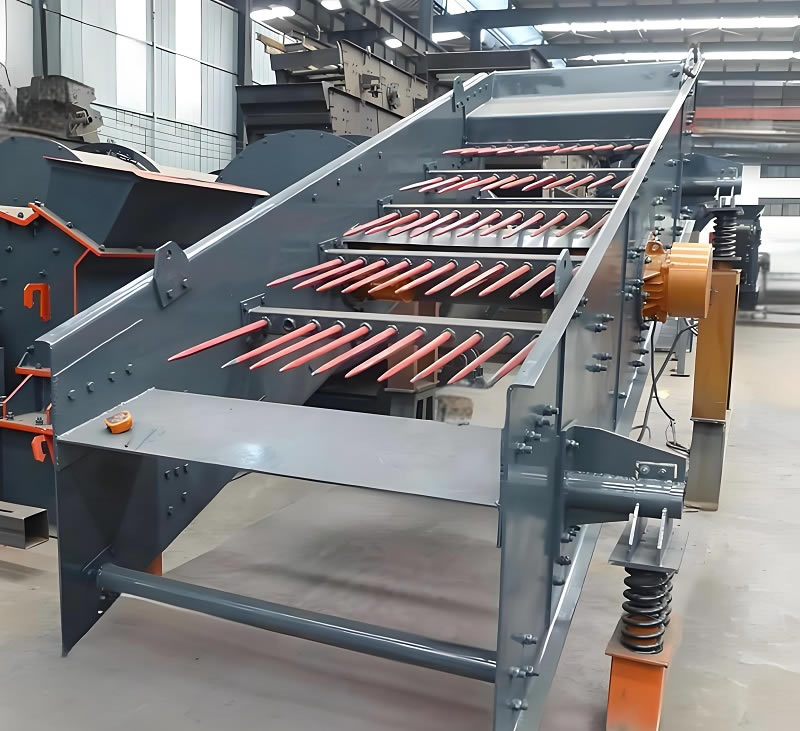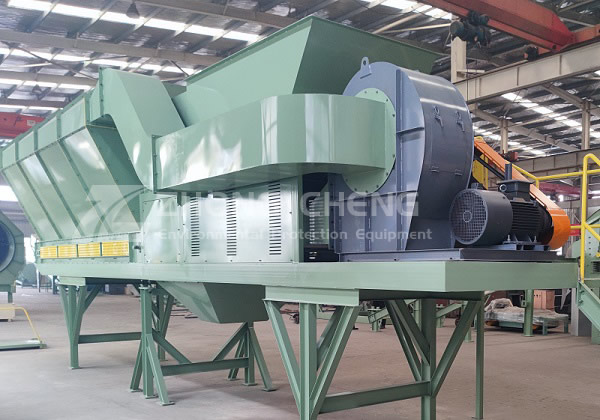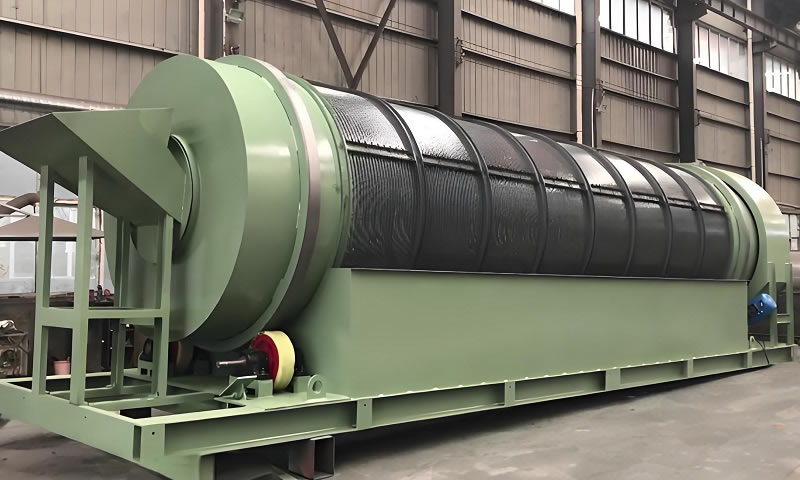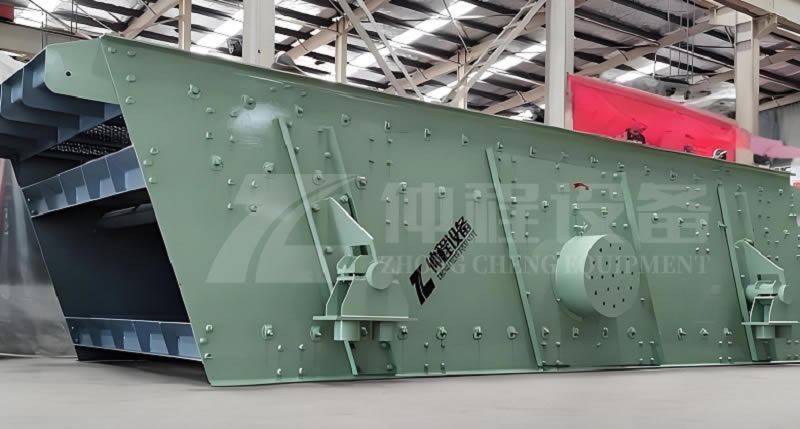Waste screening and sorting are crucial steps in waste management, playing a significant role in increasing recycling rates and reducing environmental pollution. Various equipment is used during this process to accomplish different tasks. Below is an overview of some primary equipment and their functions:
1.Bar Screen Sorter
Bar screen sorters are particularly suitable for separating materials prior to waste sorting. These devices use a vibrating screen structure with bars, generating vibration through electric motors to separate large impurities and non-recyclable materials from the waste. Bar screen sorters boast simple structures, easy maintenance, high output, and long service life, and are widely used in the initial screening and feeding processes of the hydropower industry, construction aggregates, as well as black or non-ferrous metals.

2.Air Classifier

Air classifiers utilize aerodynamics principles to sort materials based on density and shape differences. During the waste processing, air classifiers generate strong airflow to separate lighter materials (such as plastics and paper) from heavier ones (like stones and glass). They feature low power consumption, minimal noise, and can handle large volumes, making them extensively applied in the sorting of urban and rural household waste, industrial waste, and construction debris. Through air classifier treatment, recyclable materials within the waste can be effectively separated and recovered.
3.Drum Screens

Drum screens are grading equipment that sorts materials according to particle size. They adopt a fully sealed structure equipped with dust removal and deodorization systems, preventing dust emission and environmental pollution. The drum of the screen continuously rotates, enabling continuous screening of materials during transportation. This equipment handles large volumes, offers high classification accuracy, is not easily clogged, and consumes relatively low energy, making it especially suitable for processing waste containing a lot of granular materials.
4.Automated Sorting Systems
Automated sorting systems represent a high-tech achievement in modern waste management, integrating image recognition and artificial intelligence technologies. They can quickly and accurately identify recyclable materials such as plastics, paper, metals, and glass within waste. Using high-definition cameras to capture images of the waste, these systems perform rapid analysis using algorithms, then automatically sort out recognized recyclables via mechanical arms or air flow methods. Such systems not only enhance sorting efficiency but also significantly reduce the burden of manual operations, marking an important direction for future waste management development.
5.Optical Sorting Equipment
Optical sorting equipment identifies and separates materials by utilizing differences in light reflectivity. In the process of waste handling, the device emits specific wavelengths of light and receives reflected signals from the materials. By analyzing these signals, the equipment can distinguish recyclable materials such as glass, plastic, and metal. Optical sorting equipment is particularly effective for sorting materials with obvious color or material differences, featuring high efficiency and precision.
6.Magnetic Separators
Magnetic separators use strong magnetic fields to attract and separate ferromagnetic metals from materials. As waste passes through the magnetic separator, ferromagnetic metals like iron and steel are attracted and separated by the strong magnetic field. This equipment is characterized by simple structure, convenient operation, and high separation efficiency, being widely used in various waste processing scenarios. Magnetic separators not only facilitate the recovery of valuable metal resources but also prevent damage to subsequent processing equipment caused by ferromagnetic metals.
7.Eddy Current Separators
Eddy current separators are primarily used to separate non-ferrous metals such as aluminum and copper. When these metals pass through a high-speed rotating magnetic field, eddy currents are induced, causing the metals to be ejected from the waste stream, achieving separation. Eddy current separators have advantages such as high handling capacity and efficient separation, making them particularly suitable for processing waste rich in non-ferrous metals. Additionally, they effectively reduce labor intensity in manual sorting, enhancing overall processing efficiency.
8.Vibrating Screeners

Vibrating screeners use vibration principles to screen waste by particle size, separating materials of different sizes. These devices generate vibration through electric motors, causing the screen mesh to vibrate at high frequencies, thus separating larger particles from smaller ones. Vibrating screeners are one of the fundamental pieces of equipment in waste pre-processing, effectively improving the efficiency and effectiveness of subsequent processing stages. They also feature simple structures, easy maintenance, and high handling capacities.
The combined use of these equipment and technologies allows for the design of efficient waste processing procedures tailored to specific needs, helping achieve the maximized utilization of resources and environmental protection. With technological advancements, more automation and intelligent technologies are being introduced into the field of waste sorting and recycling. Recyclable waste sorting and screening equipment play an increasingly important role in waste management. These devices achieve effective separation and recovery of recyclable materials in waste through various working principles and technological means, not only improving resource utilization efficiency but also alleviating environmental pollution pressures. With continuous technological progress and enhanced social environmental awareness, these devices will continue to optimize and improve, contributing more significantly to sustainable social development and resource recycling.
Save Time! Get A Detailed Quotation Quickly.
